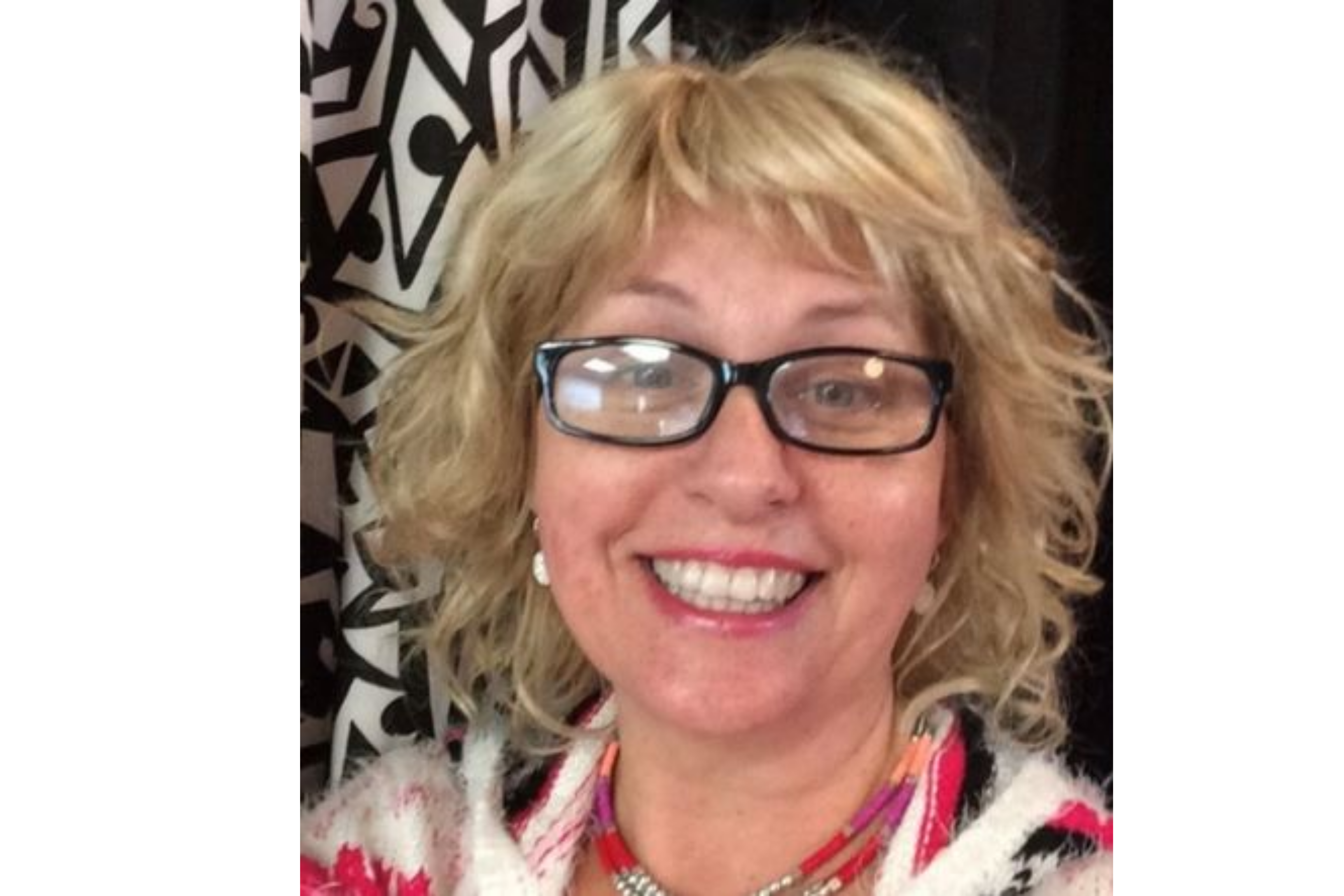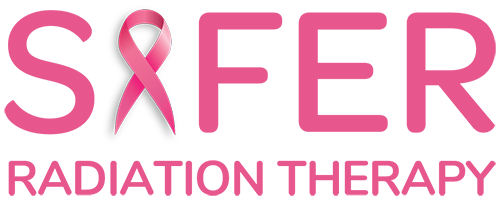
Kimberley L. was diagnosed with early stage left-breast cancer in 2018 and soon after underwent chemo and radiation therapy. Recently, she celebrated her first clean mammogram.
In this post she shares some of the challenges she faced during her treatment. She offers tips and advice on what helped her “navigate through my cancer experience in a better way”. She shares how she discovered the importance of Deep Inspiration Breath Hold (DIBH) for left-breast cancer and how she sought treatment at a center that used this technique.
Tip #1: Take Control of the areas you can control
You don’t just get told one morning: ‘Oh, you have cancer’.
There is a process that leads up to that profoundly life-changing sentence. So, from the very beginning, you should be mindful of what is going on. In my case, I had gone for my regularly scheduled mammogram and something “concerning” was found. I hadn’t felt a lump and had none of the other symptoms that I had heard about. What happened next was kind of like a blur. Life began moving at a rate of speed that I had never experienced before. There were biopsies and there was waiting. Lymph node removal and waiting. Surgery and waiting. Followed by chemotherapy. Ending with radiation. I felt fortunate as I was told that my cancer was “early stage,” it was MY cancer and I knew that it was, and will be, forever life-changing.
I was scared and I felt like so many things were out of my control. It was as if I was mentally removed, but still going through the motions. This was the most stress that I had ever experienced. What to do? I decided that it was time to take control and grab onto anything I could to help me feel empowered.
At one point, I realized that I really benefited from giving myself moments of down-time. At times I even needed breaks from family members and friends. The fewer distractions, the better. I am the oldest child as well as a single parent and self-employed, so it was rare that I allowed myself to come first. When I did – that’s when my empowerment really began.
I constantly reminded myself that I had the final say with what to do and what not to do in order to move forward, confidently. As every decision affected me – I was in charge! My diagnosis was a little tricky as it didn’t follow the usual markers. I ended up getting not just a second opinion, but a third.
Tip #2: Research, research, research.
I’m a big researcher, and that applies to anything I do in life. Of course, there are always risks involved with that. Beware of too much consulting with “Dr.Google,” but I found a lot of credible sites that I visited as my treatment unfolded. Everything I learned, such as new protocols and treatments, would spark more questions, so it became more important that I had reliable reference sites for my information.
It allowed me to ask better questions. It also helped me find doctors who were on the same wavelength as me, that I felt comfortable with. Another thing that worked for me, was going “old school” and printing out information I had researched, so I could highlight the important parts and reference them during doctor visits. Having paper copies allowed me to scribble notes.
Rely on yourself. I found out quickly how much my research had empowered me.
Tip #3: Understand that different treatments with different facilities can mean different outcomes.
I live in the Philadelphia area and there are many fabulous and world-renowned cancer centers nearby. I’m very fortunate. However, not every cancer treatment center offers the same treatments or quality of care. They all seem to offer something a little different in terms of equipment and techniques. It’s really important to rely on the research that you’ve done to guide you. At this point, my oncologist informed me of the protocol for my type of cancer – which was a lumpectomy, chemotherapy, radiation and adjuvant therapy.
I went even deeper into my research. I specifically remember at one point, reading about something called Deep Inspiration Breath-Hold (DIBH), a technique which can be used during radiation therapy to protect your heart. This definitely piqued my interest, as I had left side breast cancer – which complicates things since your heart is on that side of your body.
I found out that that, during DIBH, the radiation beam is turned on only while you’re holding your breath. This keeps the heart separated from the tumor site during your treatment. I remember thinking: ‘I definitely want this!’ Anything that would help protect the long-term health of my heart.
I consulted with my oncologist at the center where I was getting my chemotherapy and found out they didn’t offer DIBH. They were thinking about offering it in the future, but I told them I couldn’t afford to wait. My time was too precious. So back to the internet I went. I was so happy to find a cancer center in my area that did offer this technique. This was probably one of the most empowering moments I had – actually discovering something that was going to help me!
Tip #4: You can teach yourself to cope with stress
I had finished my chemotherapy with a one-month break before starting radiation. I remember my first radiation treatment so well. It was a cold February morning there was a lot of ice on the roads. It was really difficult driving through that. Then I got to the cancer center’s parking lot and it was filled to capacity. I was so loaded with stress even before I walked in the door… For the next two weeks, I had to go every weekday, getting a little weaker and more fatigued each time. I didn’t like the way I looked or how I felt. This was a moment of realization, ‘wow this Cancer and its treatment has really taken its toll on me.’ A little self-talk followed. The question I asked myself was- ‘well what are you going to do about it?’ I desperately needed to relax and find some mindfulness techniques to implement. One of the best suggestions that I can share, is simply asking the radiation technician: “Hey can I have a few minutes to just sit in this chair before I hop on the table, just to calm down?” It wasn’t easy to relax, but my advice is to find a way that works for you and do it! It might be anything you can think of to focus on: a scent, or a song.
Tip#5: Focus on the positive
Looking back, my radiation experience really empowered me. You can’t go back and get a re-do on any of this. That’s why it is so important to be totally comfortable with the decisions you make for yourself.
Even though it sounds like a cliché, you have to learn to trust your gut.
It was a process for me but I did learn to trust my intuition. I had always been great at speaking up for my kid’s health and safety, but I had to learn – without guilt – to be able to put myself first.
Be proactive, everything is important and there are never any stupid questions! You are not being selfish. To this day, I have more confidence in my decision-making and my ability to advocate for myself than I did before my cancer diagnosis. I have also continued to take some alone time out for myself. Something good came out of something bad and I’m definitely a better version of myself since these experiences.
Tip#6: Get the best possible treatment
Find and use a Radiation Center that offers the Deep Inspiration Breath Hold (DIBH) technique with AlignRT technology. The accurate positioning that this treatment has to offer, can help prevent long term cardiac side effects. You can easily locate a facility on their website.
